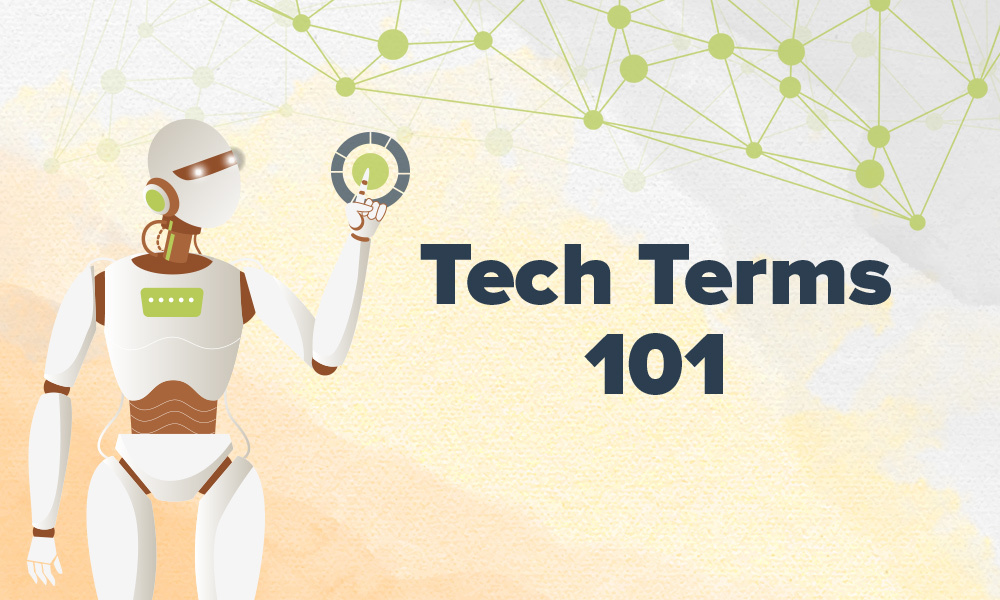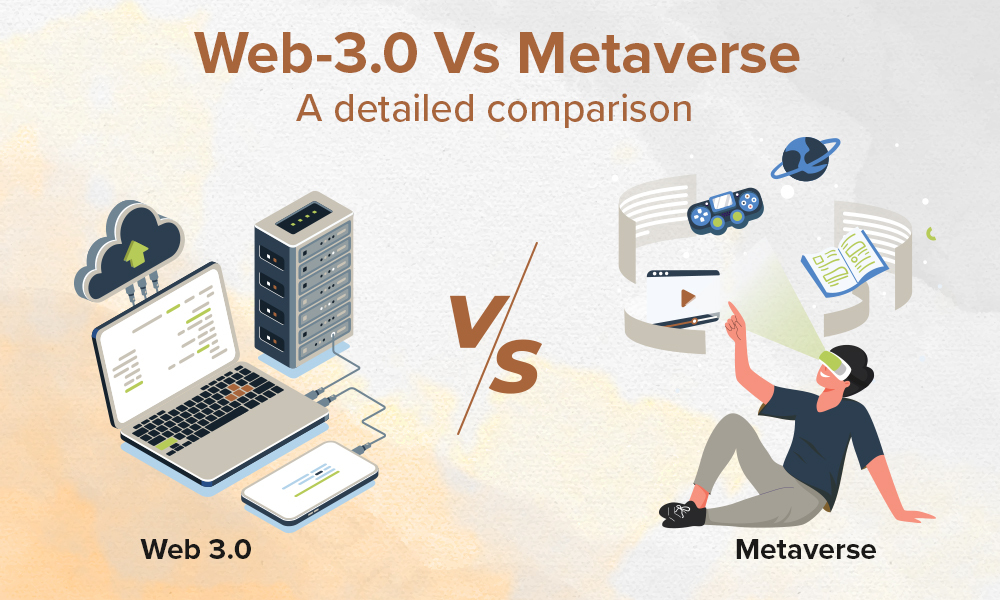What is Metaverse?
Metaverse is a new beginning to create something new, much like the early days of the Internet. Billions are being invested in building metaverse, and tech tycoons call it the future, but what is metaverse? The term metaverse was coined in 1992 by science fiction writer Neal Stephenson. Its most basic definition refers to “the concept of a fully immersive virtual world where people gather to socialize, play, and work.” It is a simulated digital environment that combines augmented reality (AR), virtual reality (VR), blockchain, and social media principles to create areas for rich user interaction that imitate the real world.
The metaverse concept, recently publicized by Facebook’s rebranding as Meta, will revolutionize how we interact with the world. Facebook’s CEO, Mark Zuckerberg, stated that “the next generation of the internet is metaverse” and that existing social media will come under the umbrella of this new wave. He describes metaverse as “a virtual environment where you can present yourself with people in digital spaces. You can kind of think of this as an embodied Internet that you’re inside of, rather than just looking at.”
How blockchain technology is being used in the metaverse?
As the metaverse is built on blockchain technology, any items you own or produce are unique and cannot be replicated or stolen. As with art pieces, blockchain technology assures that distinct digital goods traded in the metaverse are one-of-a-kind. Furthermore, cryptocurrencies keep the metaverse running; everything is purchased and sold using distinctive sorts of cryptocurrency. One of the most used terms in the metaverse is NFTs. The Non-Fungible Tokens (NFTs) are unique cryptographic tokens and cannot be duplicated on a blockchain. NFTs can be used to represent real-world items that are collectible digital assets that hold value in the same way that physical assets do; for example, a piece of land in the metaverse comes under NFTs.
Can the virtual world of the metaverse replace the reality?
The metaverse can shape the future in which we spend more time in the virtual world than reality. An avatar represents you in the metaverse, comparable to the avatars that Facebook started using in 2020. Many technology experts believe it will eliminate the issue of geography, particularly when it comes to business interactions. Many tech executives anticipate that one day, individuals will begin to create their metaverses and that instead of Oasis, we will all be relaxing in that world.
How does crypto fit into the world of metaverse?
In the current state, one is able to foresee that the metaverse is going to be a larger (more immersive) extension of the gaming world. However, it is said to cover all aspects of current life i.e. work, play, shopping, and even socializing.
We are expected to work, socialize, and even purchase virtual items in the metaverse, we need a secure way of showing ownership. We also need to feel safe transferring these items and money around the metaverse. Finally, we will also want to play a role in the decision-making taking place in the metaverse if it will be such a large part of our lives.
Currently video games contain some basic solutions, but many developers are aiming to use crypto and blockchain instead as a better option. Blockchain provides a decentralized and transparent way of dealing with the topics, while video-game development is more centralized.
Blockchain developers also take influence from the video game world too. Gamification is common in Decentralized Finance (DeFi) and GameFi. It seems there will be enough similarities in the future that the two worlds may become even more integrated. The key aspects of blockchain suited to the metaverse are:
- Digital proof of ownership: By owning a wallet with access to your private keys, you can instantly prove ownership of activity or an asset on the blockchain. For example, you could show an exact transcript of your transactions on the blockchain while at work to show accountability. A wallet is one of the most secure and robust methods for establishing a digital identity and proof of ownership.
- Digital collectibility: Just as we can establish who owns something, we can also show that an item is original and unique. For a metaverse looking to incorporate more real-life activities, this is important. Through NFTs, we can create objects that are 100% unique and can never be copied exactly or forged. A blockchain can also represent ownership of physical items.
- Transfer of value: A metaverse will need a way to transfer value securely that users trust. In-game currencies in multiplayer games are less secure than crypto on a blockchain. If users spend large amounts of time in the metaverse and even earn money there, they will need a reliable currency.
- Governance: The ability to control the rules of your interaction with the metaverse should also be important for users. In real life, we can have voting rights in companies and elect leaders and governments. The metaverse will also need ways to implement fair governance, and blockchain is already a proven way of doing this.
- Accessibility: Creating a wallet is open to anyone around the world on public blockchains. Unlike a bank account, you don’t need to pay any money or provide any details. This makes it one of the most accessible ways to manage finances and an online, digital identity.
- Interoperability: Blockchain technology is continuously improving compatibility between different platforms. Projects like Polkadot (DOT) and Avalanche (AVAX) allow for creating custom blockchains that can interact with each other. A single metaverse will need to connect multiple projects, and blockchain technology already has solutions for this.
Why is everyone saying that the metaverse is the future?
An article published in Forbes said that the Metaverse Industry will be worth $800 billion by 2024 and have a community of one billion by 2030.
According to Nvidia’s CEO, the next step in the company’s metaverse development strategy has a market potential of $10 billion over the next five years.
CEO Microsoft Bill Gates projected that virtual meetings will migrate to the metaverse within three years and that people would increasingly rely on VR headsets and avatars at work.
Meta has also announced it would hire 10,000 engineers in Europe alone to build this next Internet frontier. Making real on their pledge to score AR/VR specialists in a market already starved for tech talent will be a challenge.
People will build avatars in the metaverse that are likely to be identical to them in real life. They will spend money on unique apparel and accessories to equip and beautify their avatars.
.jpg)



